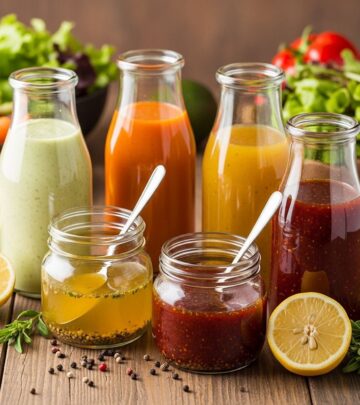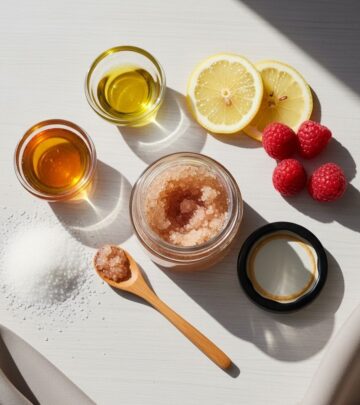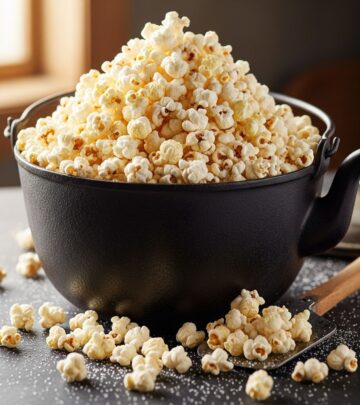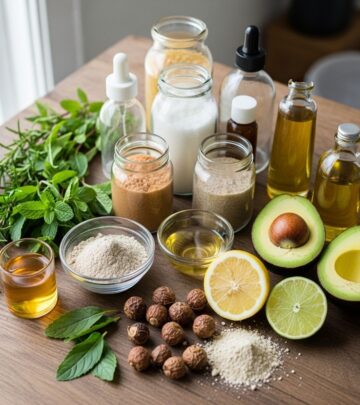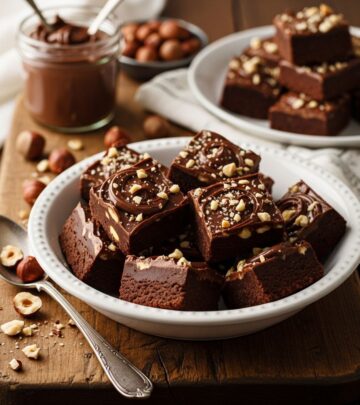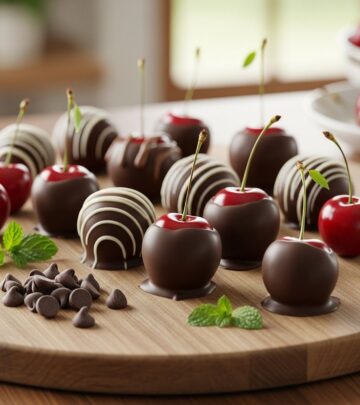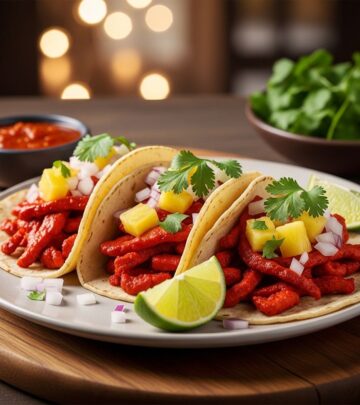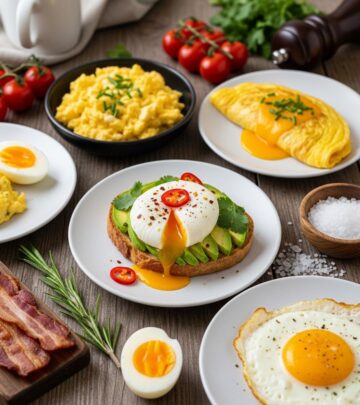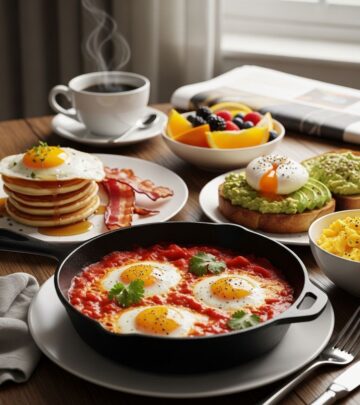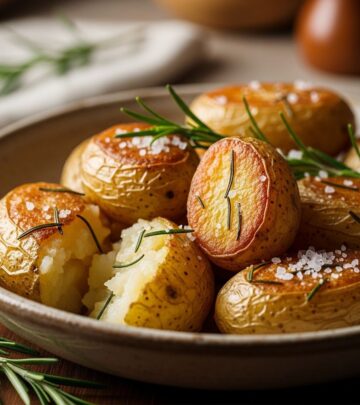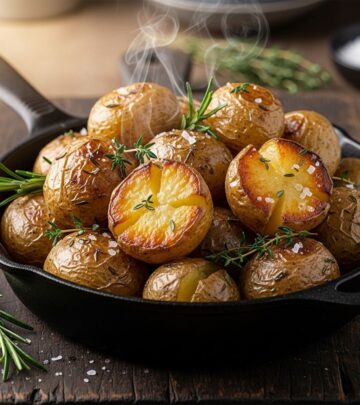Buttermilk Fried Chicken Recipe: Homemade Crispy Delight
Discover the secrets to making perfectly crispy, juicy buttermilk fried chicken with this comprehensive guide
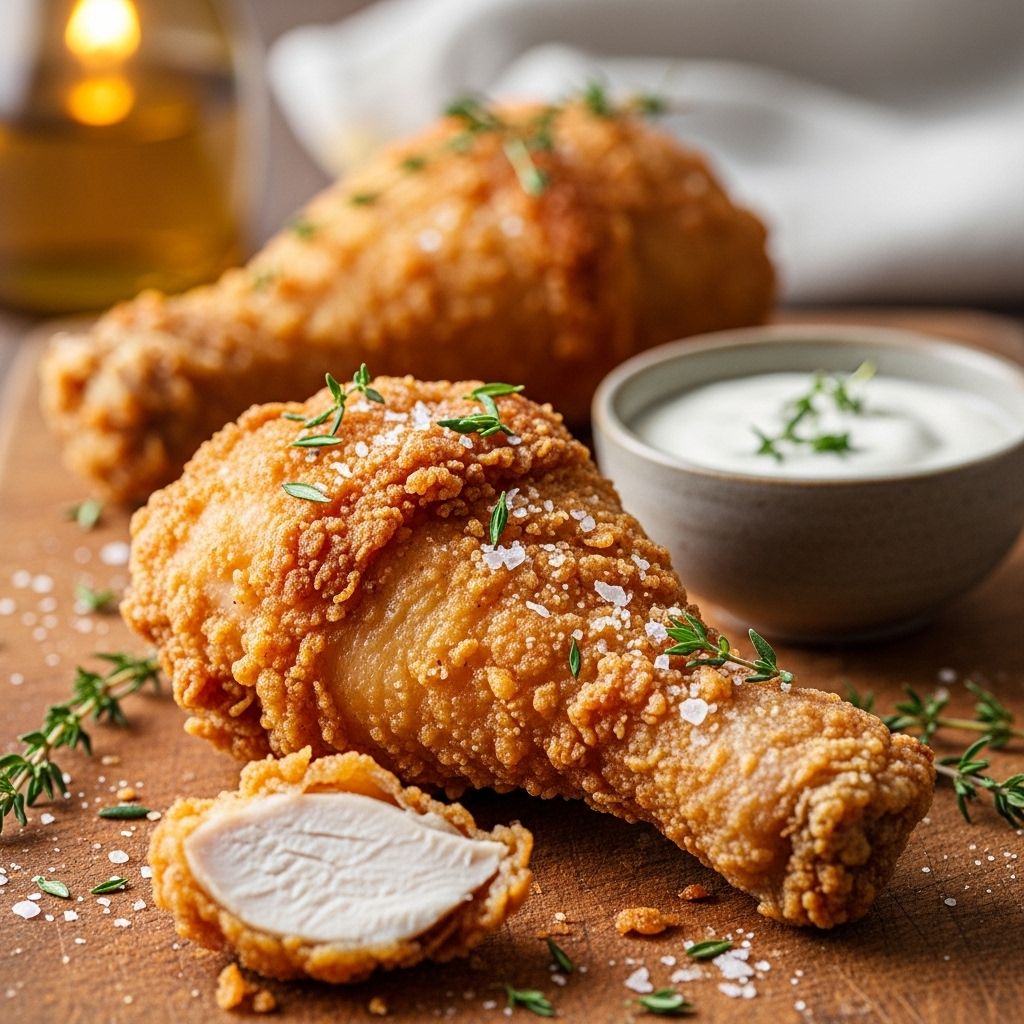
Image: HearthJunction Design Team
The Ultimate American Buttermilk Fried Chicken Recipe
Few dishes embody American comfort food quite like buttermilk fried chicken. With its crispy, golden-brown exterior and juicy, tender interior, this classic dish has earned its place as a staple on dinner tables across the country. The secret to exceptional fried chicken lies in the buttermilk brine, which not only tenderizes the meat but also infuses it with flavor. In this comprehensive guide, we’ll walk you through every step to create restaurant-quality buttermilk fried chicken in your own kitchen.
What Makes Buttermilk Fried Chicken Special?
Buttermilk fried chicken stands apart from other fried chicken recipes because of its distinctive tangy flavor and exceptional texture. The acidity in buttermilk works as a natural tenderizer, breaking down proteins in the chicken while adding moisture. This process results in meat that remains juicy even after frying. Additionally, the thickness of buttermilk helps the seasoned flour coating adhere better to the chicken, creating that coveted crispy crust that makes each bite so satisfying.
Traditional Southern buttermilk fried chicken recipes have been passed down through generations, with each family adding their own special touches. Whether you prefer a spicy kick or a more subtle seasoning, the basic technique remains the same—marinate, dredge, and fry to golden perfection.
Essential Ingredients
Quality ingredients make all the difference when preparing buttermilk fried chicken. Here’s what you’ll need to gather before starting:
- 6 bone-in chicken pieces (thighs and drumsticks work best)
- 2 cups buttermilk
- 1 tablespoon Dijon mustard
- 2 teaspoons kosher salt
- 1 teaspoon freshly ground black pepper
- 1 teaspoon dried oregano
- 1 teaspoon cayenne pepper (adjust according to your spice preference)
- 2 cups all-purpose flour
- 1 tablespoon baking powder
- 1 tablespoon garlic powder
- 1 tablespoon onion powder
- 5 cups vegetable oil for frying (or lard/shortening for a more authentic flavor)
Equipment Needed
Having the right tools on hand will ensure a smooth cooking process:
- Large mixing bowl
- Resealable plastic bags or a shallow dish for marinating
- Another resealable bag or shallow dish for flour coating
- Large, heavy-bottomed skillet or Dutch oven
- Cooking thermometer
- Tongs for handling hot chicken
- Wire rack set over a baking sheet for draining
- Paper towels
The Buttermilk Marinade: The First Secret to Success
The marinade is where the magic begins. This flavorful bath not only tenderizes the chicken but also infuses it with complex flavors that will shine through in the finished dish. Follow these steps to create the perfect marinade:
- In a large bowl, whisk together the buttermilk, Dijon mustard, 1 teaspoon of salt, black pepper, oregano, and cayenne pepper until well combined.
- Place your chicken pieces in a large resealable plastic bag or shallow dish.
- Pour the buttermilk mixture over the chicken, ensuring each piece is fully submerged.
- Seal the bag or cover the dish and refrigerate for at least 2 hours, though overnight marination (8-12 hours) will yield the best results.
- Turn the chicken occasionally if possible to ensure even marination.
During this marination period, the acidity of the buttermilk works to break down tough proteins in the meat, resulting in chicken that’s tender and moist after frying. The longer you let the chicken marinate, the more pronounced the flavor will be.
The Perfect Flour Coating
The coating is what creates that irresistible crunchy exterior. The combination of flour and seasonings is crucial for achieving the perfect flavor and texture balance:
- In a separate large resealable bag or shallow dish, combine the flour, remaining salt, baking powder, garlic powder, and onion powder.
- Shake or whisk the mixture thoroughly to ensure even distribution of the seasonings.
- Set aside until you’re ready to start the dredging process.
The addition of baking powder to the flour mixture is a chef’s secret that helps create a lighter, crispier coating. As the chicken fries, the baking powder reacts with the heat and moisture to create tiny air bubbles in the coating, resulting in an extra-crispy exterior.
The Double-Dredge Technique
Professional chefs know that the secret to a thick, crunchy crust is the double-dredge technique. Here’s how to do it:
- Remove one piece of chicken from the buttermilk marinade, allowing excess to drip off.
- Place the chicken in the flour mixture and coat thoroughly, pressing the flour onto the chicken to ensure it adheres well.
- Shake off any excess flour and dip the chicken back into the buttermilk marinade.
- Return the chicken to the flour mixture for a second coating, again pressing to ensure good adhesion.
- Set the coated piece aside on a wire rack and repeat with the remaining pieces.
- Allow the coated chicken to rest for about 10-15 minutes before frying. This resting period helps the coating bond to the chicken.
The Frying Process: Temperature is Key
Frying chicken perfectly requires attention to detail, particularly when it comes to oil temperature. Follow these steps for golden, crispy results:
- Pour oil into a large, heavy-bottomed skillet or Dutch oven to a depth of about 1 inch (enough to cover half the height of the chicken pieces).
- Heat the oil over medium-high heat until it reaches 325-350°F (165-175°C). Use a thermometer for accuracy.
- Carefully place a few pieces of chicken into the hot oil, skin side down first, being careful not to overcrowd the pan.
- Fry the chicken for 12-15 minutes on the first side, until golden brown.
- Turn the chicken and continue cooking for another 10-12 minutes until both sides are evenly golden and the internal temperature reaches 165°F (74°C).
- If you prefer the low and slow method, reduce heat to medium-low after the initial browning and cook covered for about 10 minutes, then uncover and finish cooking until done.
- Transfer the fried chicken to a wire rack set over a baking sheet to drain excess oil. Avoid placing directly on paper towels as this can create steam and soften the crispy coating.
For larger batches, maintain oil temperature between batches by allowing it to return to 325-350°F before adding more chicken. You may need to adjust the heat throughout the cooking process to maintain a consistent temperature.
Alternative Cooking Methods
While traditional pan-frying is the classic approach, there are alternative methods worth considering:
Deep Frying
For those who prefer to deep fry, heat oil in a deep fryer or large pot to 325°F (165°C) and completely submerge the chicken pieces. This method typically takes 12-14 minutes total, turning occasionally, until chicken reaches an internal temperature of 165°F (74°C).
Oven-Finished Method
For a slightly healthier approach with less hands-on frying time:
- Preheat your oven to 375°F (190°C).
- Fry the chicken as directed above, but for just 4-5 minutes per side until golden.
- Transfer to a baking sheet and finish cooking in the oven for 15-20 minutes until the internal temperature reaches 165°F (74°C).
Serving Suggestions
Buttermilk fried chicken pairs beautifully with classic Southern sides. Consider serving with:
- Creamy mashed potatoes and gravy
- Buttery corn on the cob
- Flaky buttermilk biscuits
- Creamed spinach or collard greens
- Tangy coleslaw
- Mac and cheese
- Sweet honey for drizzling
- Hot sauce for those who enjoy extra heat
Storage and Reheating Tips
Fried chicken can be enjoyed days after it’s made if stored properly:
- Allow chicken to cool completely before refrigerating.
- Store in an airtight container for up to 3 days.
- To reheat while maintaining crispiness, place chicken on a wire rack over a baking sheet in a 375°F (190°C) oven for 15-20 minutes.
- Avoid microwaving, as this will make the coating soggy.
Troubleshooting Common Issues
| Problem | Possible Cause | Solution |
|---|---|---|
| Coating falls off during frying | Flour not adhering properly | Press coating firmly onto chicken and allow to rest before frying |
| Chicken burns on outside but raw inside | Oil temperature too high | Lower heat and use the low and slow method |
| Greasy chicken | Oil not hot enough or improper draining | Maintain proper oil temperature and drain on a wire rack |
| Bland flavor | Insufficient seasoning or marination time | Increase seasoning in both marinade and flour, marinate longer |
Frequently Asked Questions
Can I use boneless chicken for this recipe?
Yes, you can use boneless chicken pieces, but reduce the cooking time by about 3-4 minutes per side. Bone-in pieces typically have more flavor and remain juicier during the frying process.
What if I don’t have buttermilk?
You can make a substitute by adding 1 tablespoon of lemon juice or white vinegar to 1 cup of regular milk and letting it sit for 5-10 minutes until slightly thickened.
How can I make my fried chicken extra crispy?
For extra crispiness, add 1/4 cup of cornstarch to your flour mixture. The cornstarch creates an even crunchier exterior when fried.
Why is my chicken not golden brown?
This could be due to oil temperature being too low. Use a thermometer to ensure your oil stays between 325-350°F. Also, adding a teaspoon of paprika to your flour mixture can enhance the golden color.
Is it better to use lard or vegetable oil?
Traditional Southern fried chicken often uses lard or shortening, which produces less greasy and more flavorful chicken. However, vegetable oil works well and is more commonly available. For the best of both worlds, you can use a combination.
Buttermilk fried chicken is more than just a meal—it’s a culinary tradition that brings people together around the table. With this comprehensive guide, you’re now equipped with all the knowledge needed to create this beloved American classic in your own kitchen. From the tangy buttermilk marinade to the perfectly seasoned coating and the crucial frying technique, every element comes together to create chicken that’s crispy on the outside, juicy on the inside, and bursting with flavor throughout.
Whether you’re preparing a weeknight dinner or a special weekend feast, this buttermilk fried chicken recipe is sure to become a favorite in your household. So gather your ingredients, follow the steps carefully, and prepare to enjoy one of America’s most iconic comfort foods, made with your own hands.
References
- https://www.allrecipes.com/recipe/178809/southern-style-buttermilk-fried-chicken/
- https://www.pinterest.com/pin/741686632355837828/
- https://www.youtube.com/watch?v=7LRX2QTx_zo
- https://bbs.boingboing.net/t/how-to-make-the-absolute-best-buttermilk-fried-chicken-ever/51723
- https://www.seriouseats.com/the-food-lab-southern-fried-chicken-recipe
Read full bio of Shinta

